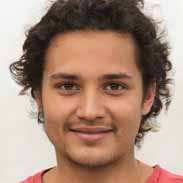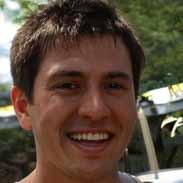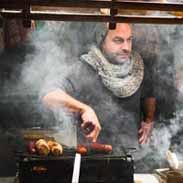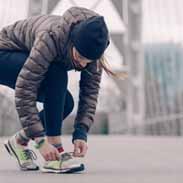Cell Mediated Immune Response Flashcards, test questions and answers
Discover flashcards, test exam answers, and assignments to help you learn more about Cell Mediated Immune Response and other subjects. Don’t miss the chance to use them for more effective college education. Use our database of questions and answers on Cell Mediated Immune Response and get quick solutions for your test.
What is Cell Mediated Immune Response?
The cell-mediated immune response is an integral part of the body’s defense against invading pathogens. It is a type of adaptive immunity and, unlike antibody-mediated or humoral immunity, it does not rely on B cells or antibodies to fight off infection. Instead, it relies on T cells and other white blood cells to recognize, target, and destroy foreign invaders.Cell-mediated immunity is often used to protect the body from viruses and intracellular bacteria that cannot be recognized by antibodies. This type of immunity works by detecting certain molecules called antigens which are found on the surface of invaders like bacteria or viruses. When these antigens are detected, they trigger a cascade of events within the body in which T cells are activated to attack any foreign material they encounter. These activated T cells then divide rapidly to produce more T cells which can then go out into the bloodstream and search for more antigenic targets. When they find one, they will recognize it as foreign material and directly attack it with a combination of chemical signals that induce a physical destruction of the invader through either lysis (breaking down) or phagocytosis (engulfing). Cell-mediated immunity also plays an important role in controlling inflammation caused by infection or injury. In this case, cytotoxic T cells release cytokines which act as chemical messengers that help regulate the inflammatory process so that it doesn’t become too severe (which could lead to tissue damage). The cell-mediated immune response also plays a role in helping maintain tolerance toward self so that your own tissues aren’t attacked by your own immune system due to autoimmunity disorders. In conclusion, cell-mediated immunity is an essential component of our immune defense system that helps protect us from infectious agents like bacteria and viruses while also limiting excessive inflammation caused by injury or infection so that tissue damage doesn’t occur.

















